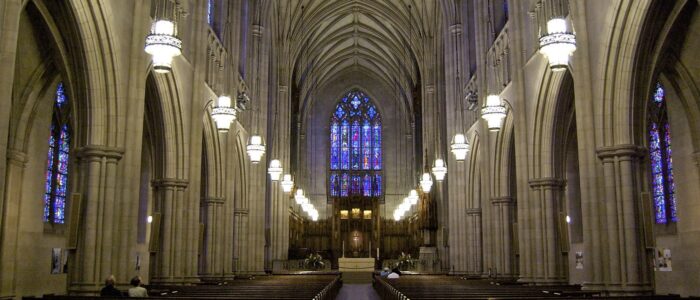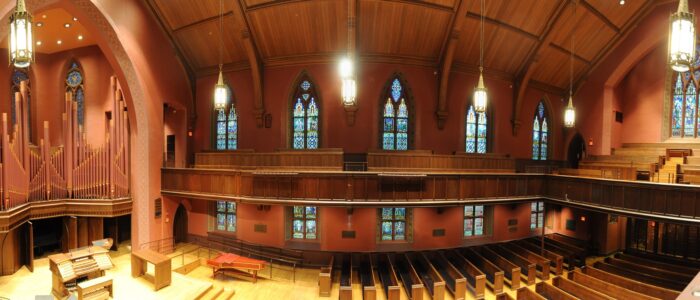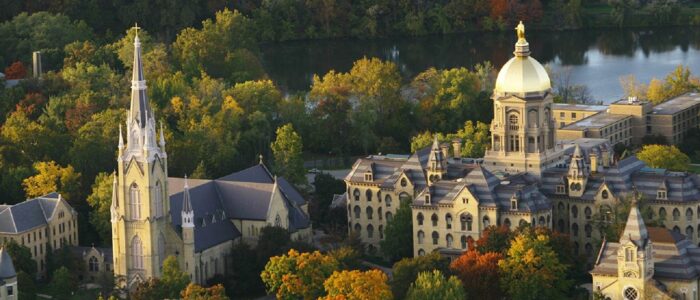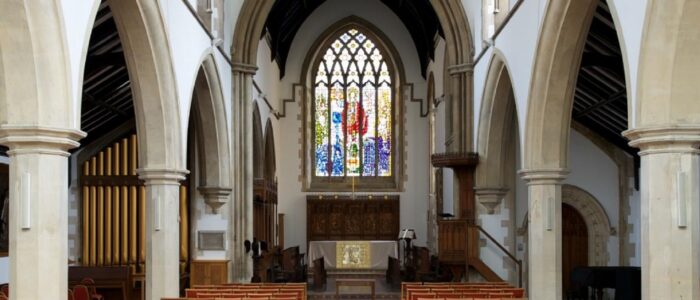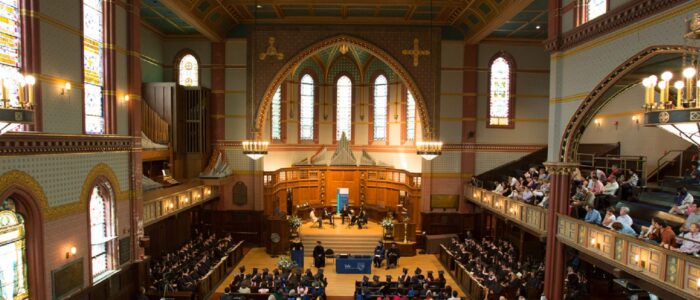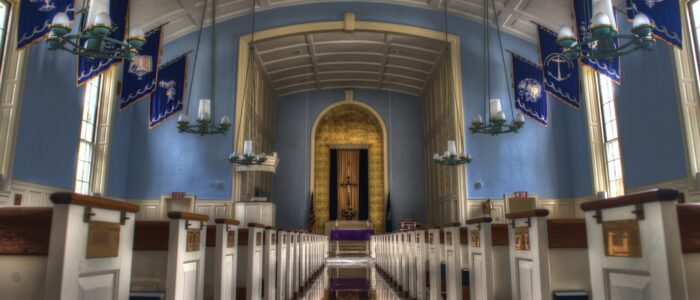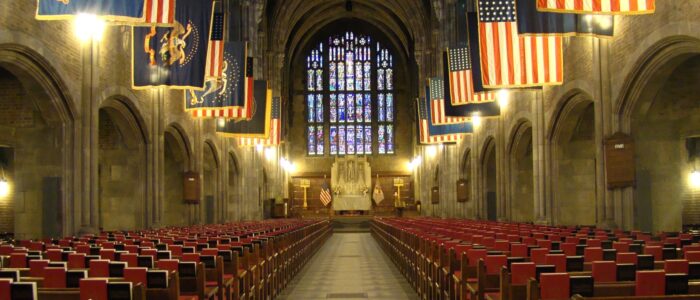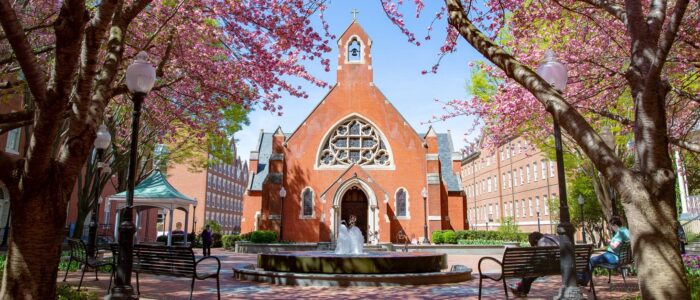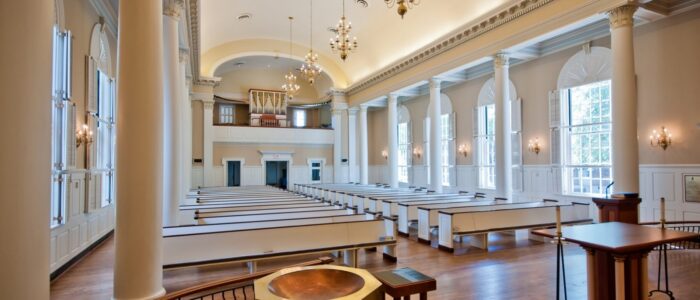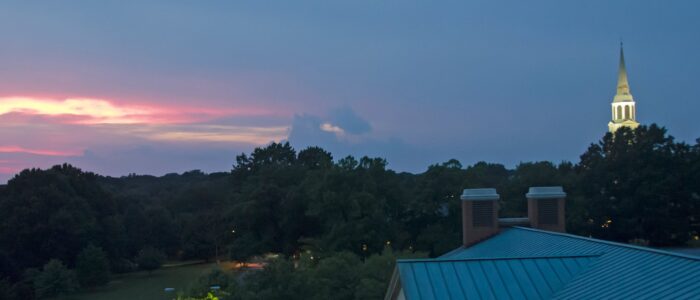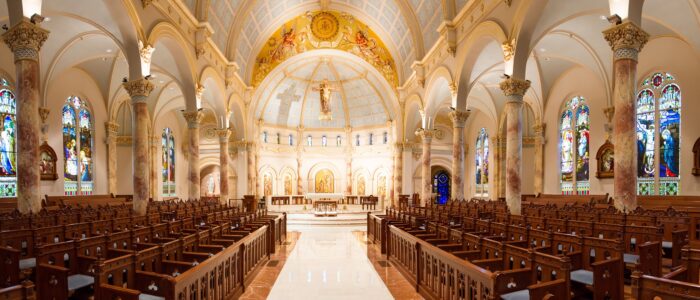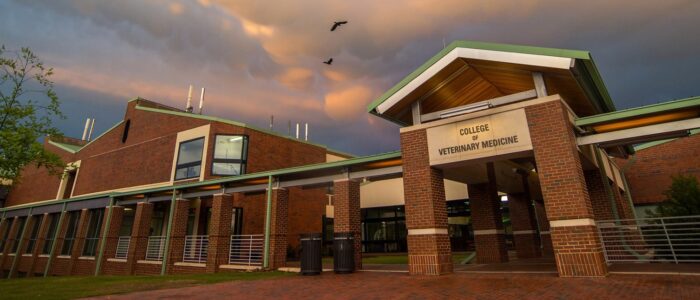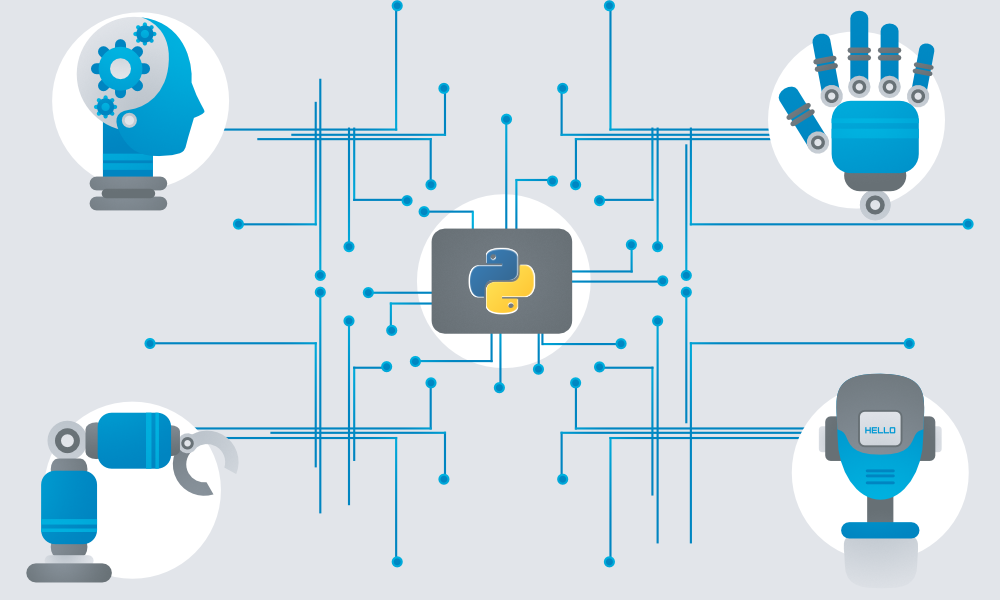“…The solar panels will populate the gothic chapel roof, producing an approximate 105,000 kWh of energy a year – enough to run the chapel’s electricity, and saving around £20,000 in energy bills per year. The college confirmed that any excess energy would be sold off to the national grid.
Solar Panels on King’s College Chapel Roof
Solar panels perform better when listening to music:
A 2013 study by researchers at Imperial College London and Queen Mary University of London showed that solar panels actually work better when exposed to music, of multiple genres. Scientists at the university proved that when exposed to high pitched sounds, like those found in rock and pop music, the solar cells’ power output increased by up to 40 percent. Classical music was also found to increase the solar cells’ energy production, but slightly less so than rock and pop, as it generally plays at a lower pitch than pop and rock. Whether they know it or not, British band Coldplay are just one of the artists benefitting from this research. During their 2021 tour, they installed solar photovoltaic panels in the build-up to each show, “behind the stage, around the stadium and where possible in the outer concourses”…
BS 7671 Requirements for Electrical Installations
The Major Differences in Electrical Standards Between the U.S. and Europe
Representative Calculation: (WAG)
To determine how much electrical power and lighting 12 kilowatts (kW) will provide for an educational facility, we need to consider the following factors:
-
- Power Distribution: How the 12 kW will be distributed across different electrical needs such as lighting, computers, HVAC (heating, ventilation, and air conditioning), and other equipment.
- Lighting Requirements: The specific lighting requirements per square foot or room, which can vary based on the type of facility (classrooms, libraries, laboratories, etc.).
- Efficiency of Lighting: The type of lighting used (e.g., LED, fluorescent, incandescent) as this affects the power consumption and lighting output.
We start with lighting.
-
- Lighting Efficiency:
- LED lights are highly efficient, typically around 100 lumens per watt.
- Fluorescent lights are less efficient, around 60-70 lumens per watt.
- Lighting Power Calculation:
- 12 kW (12,000 watts) of LED lighting at 100 lumens per watt would provide: 12,000 watts×100 lumens/watt=1,200,000 lumens
- Illumination Requirements:
- Classroom: Approximately 300-500 lux (lumens per square meter).
- Library or laboratory: Approximately 500-750 lux.
- Area Coverage:
- If we target 500 lux (which is 500 lumens per square meter), we can calculate the area covered by the lighting: (1,200,000 lumens)/ 500 lux=2,400 square meters
- Lighting Efficiency:
Now we need to allocate power to other loads.
-
- Lighting: Assuming 50% of the 12 kW goes to lighting:
- Lighting Power: 6 kW (6,000 watts)
- Using the previous calculation: 6,000 watts×100 lumens/watt=600,000 lumens
- Area Coverage for lighting (at 500 lux): (600,000 lumens)/500 lux=1,200 square meters
- Other Electrical Needs:
- Computers and equipment: Typically, a computer lab might use around 100 watts per computer.
- HVAC: This can vary widely, but let’s assume 4 kW is allocated for HVAC and other systems.
- Lighting: Assuming 50% of the 12 kW goes to lighting:
Breakdown:
-
- Lighting: 6 kW
- Computers/Equipment: 2 kW (e.g., 20 computers at 100 watts each)
- HVAC and other systems: 4 kW
Summary
-
- Lighting: 12 kW can provide efficient LED lighting for approximately 1,200 square meters at 500 lux.
- General Use: When distributed, 12 kW can cover lighting, a computer lab with 20 computers, and basic HVAC needs for a small to medium-sized educational facility.
The exact capacity will vary based on specific facility needs and equipment efficiency.



